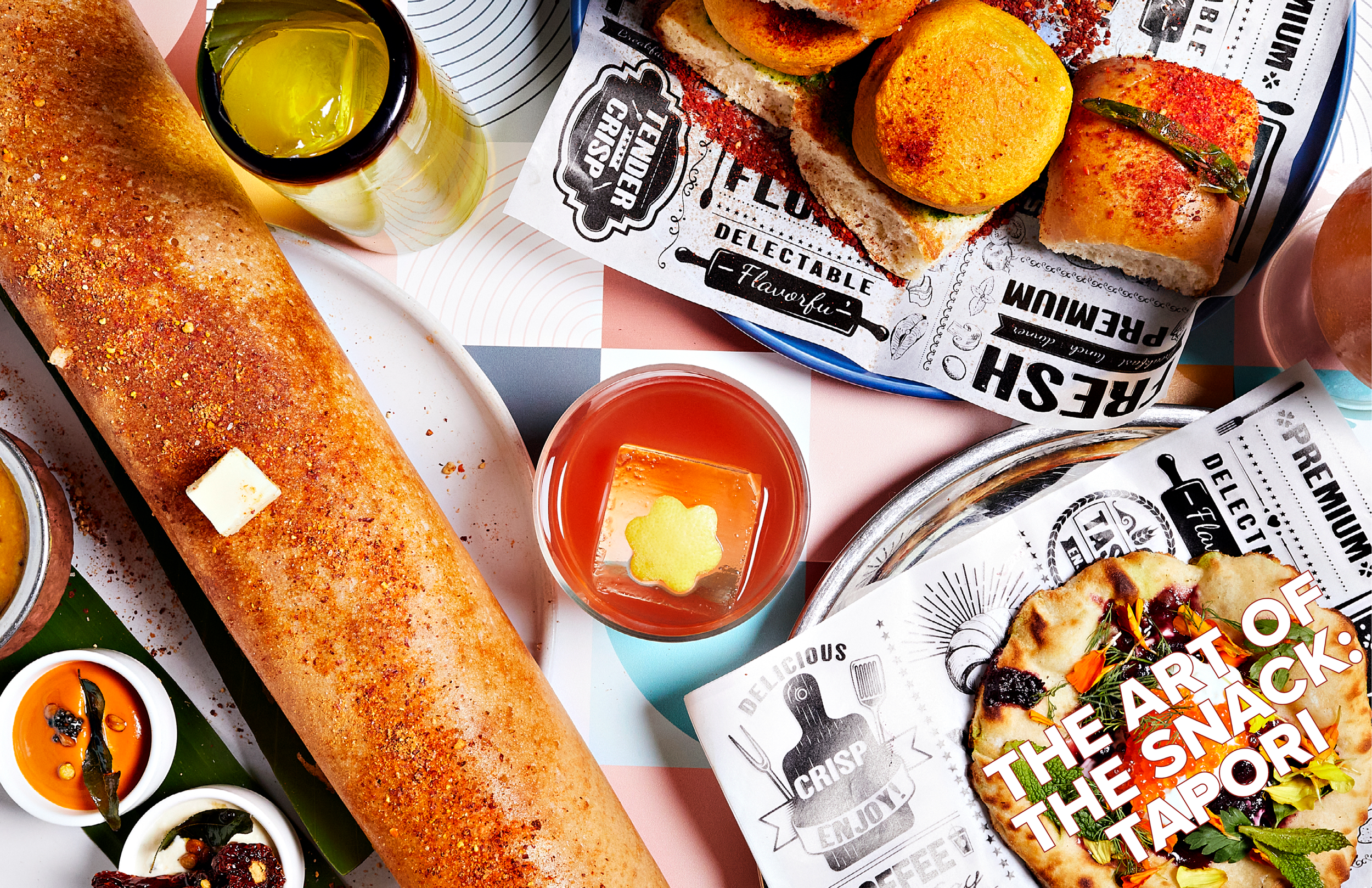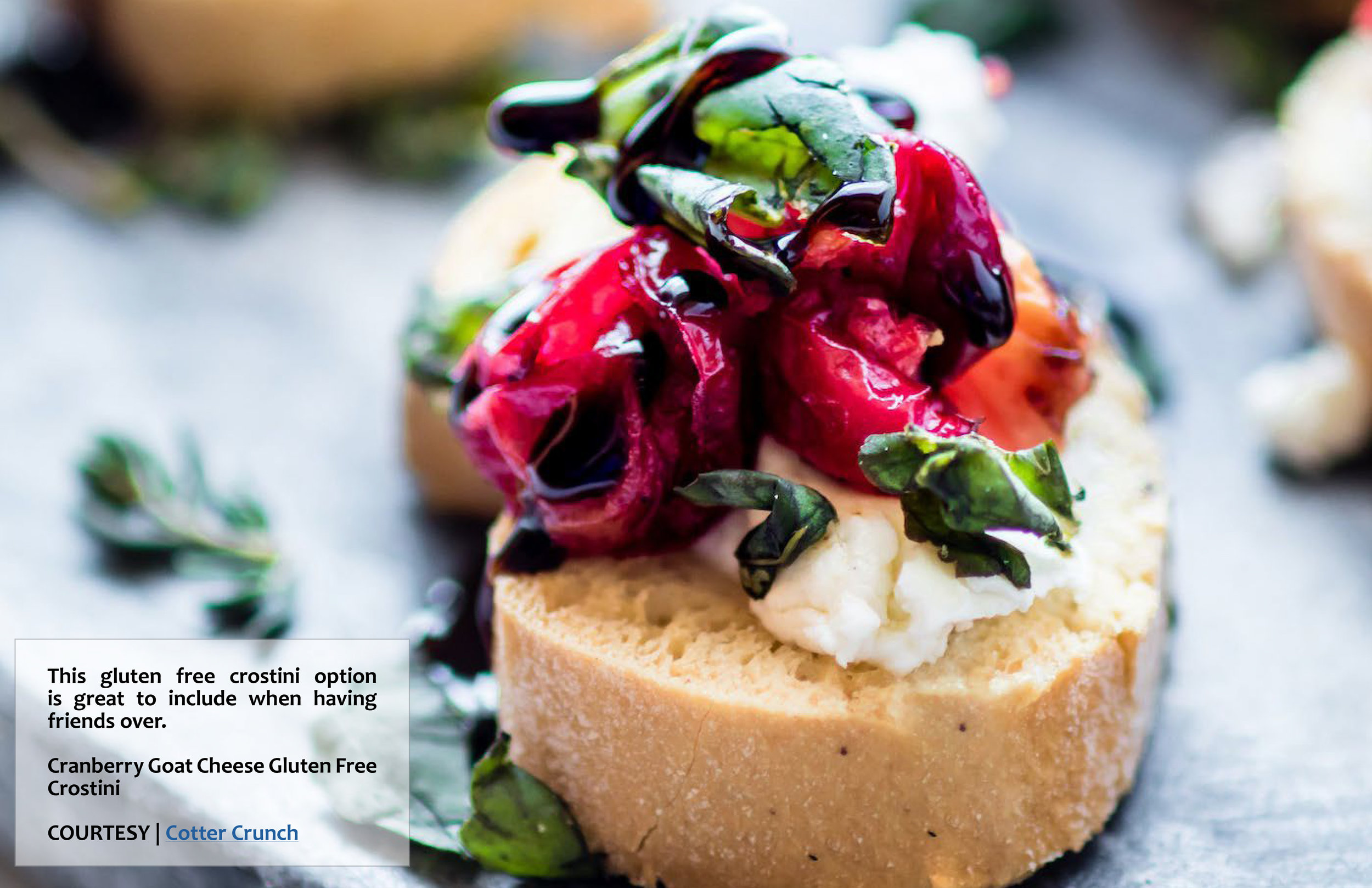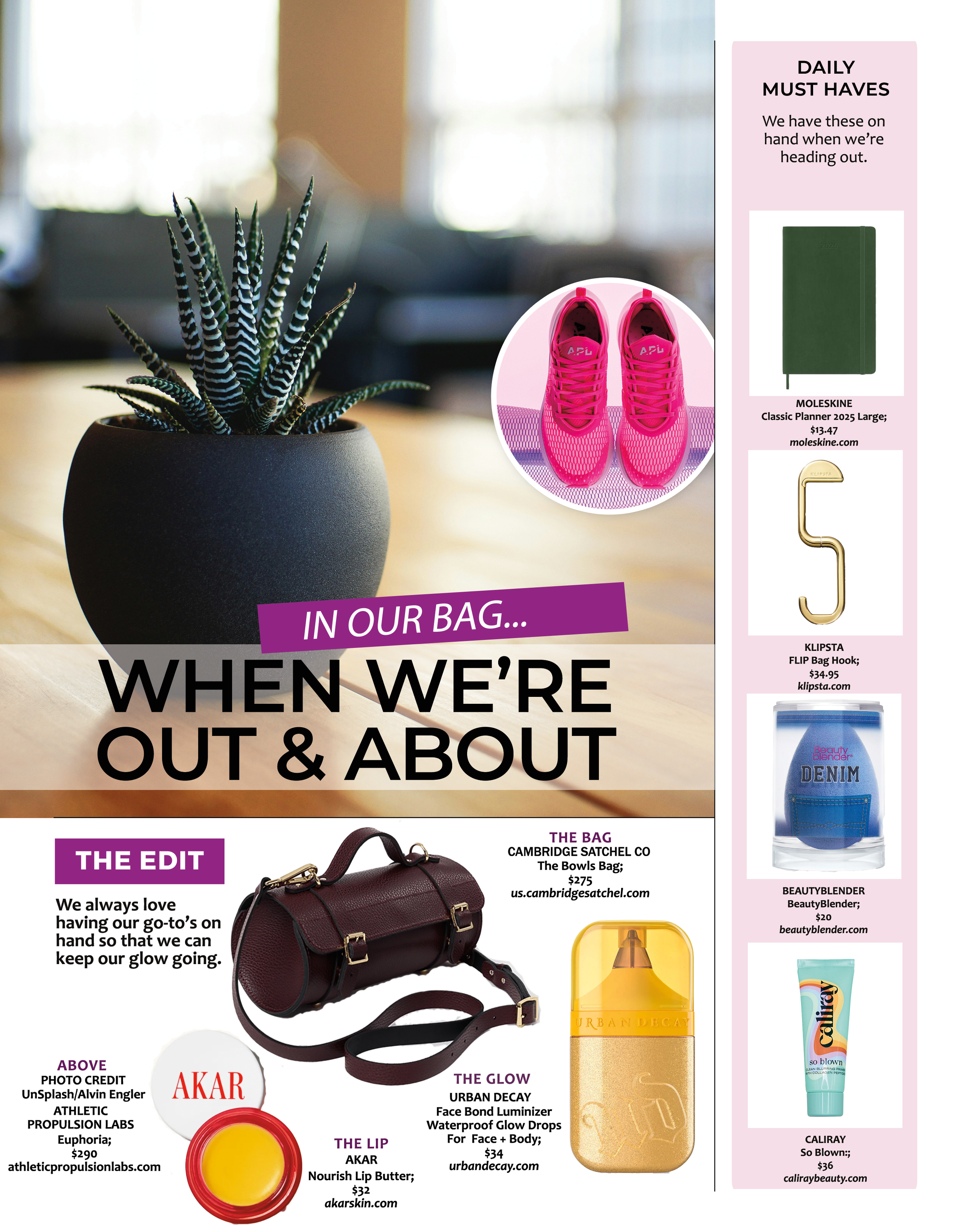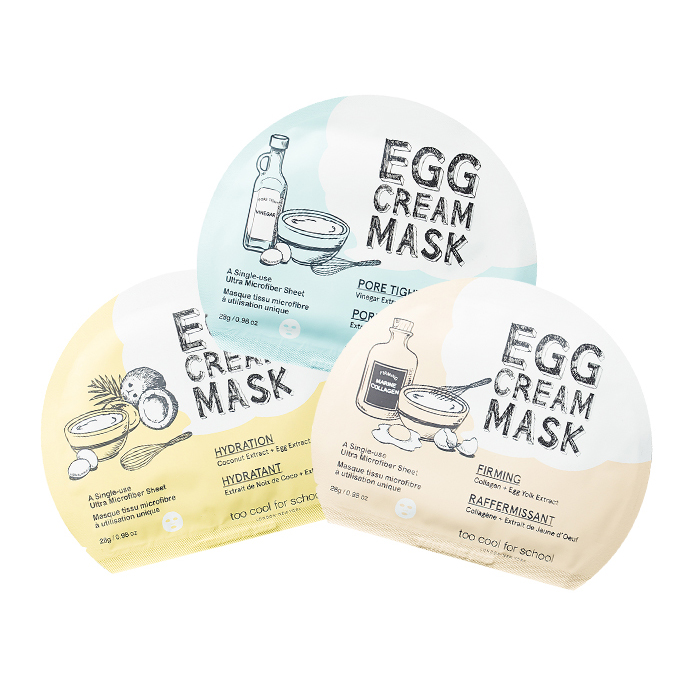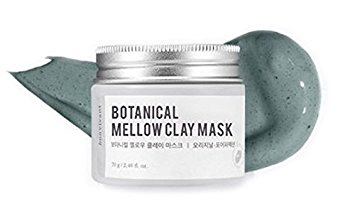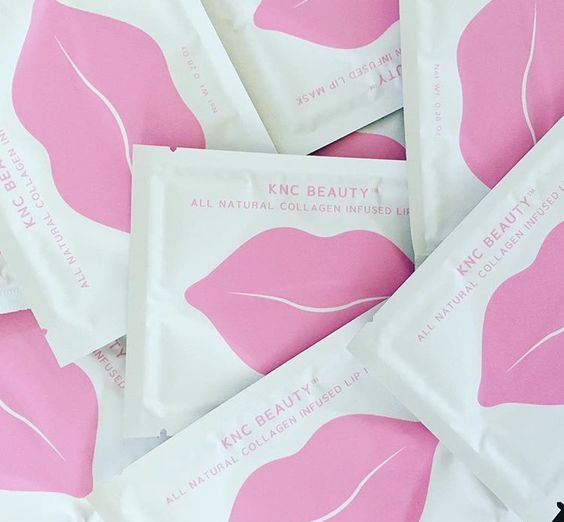Around our offices, we've been fans of sake for years and we enjoy it beyond our sushi lunches and dinners. As we always have some on hand and have had a number of Sake in a Cups while we were in Tokyo, we wanted to know more about how this drink can be paired with a number of celebratory situations that you would typically do with wine or champagne. We chatted with Timothy Sullivan, Sake Expert and an ambassador to Hakkaisan to find out more about this rice wine.
ATHLEISURE MAG: Tell us how you became an expert on Sake and what is it about this particular category that sets it apart from spirits and wines.
TIMOTHY SULLIVAN: I discovered premium sake about 12 years ago while having a sushi dinner in Manhattan. On a whim, I decided to splurge and order a high end sake to pair with the sushi.
I was blown away with the pairing and fell in love with sake on the spot. I started a sake website a few months later, UrbanSake.com, to record my experiences and misadventures learning my way around the sake world. From that point on, I studied and learned all that I could and tasted as much sake as possible to train my palate. In 2007, I had my first trip to Japan and visited my first sake brewery, and in 2010, I left my previous day job and began working full time in the sake industry. Sake education has become my passion and my career!
Sake is unique. It's complex production method is not used to make any other kind of alcohol. Premium Sake is gluten free, vegan, free of sulfites, and tannins and has a much lower acidity
than wine. In addition, sake is much richer in amino acids than wine or beer, allowing "umami" flavors to come out in many sakes.
AM: What is your role with Hakkaisan as an ambassador?
TS: My role as Brand Ambassador for Hakkaisan is to travel around the US and internationally and introduce not only Hakkaisan sake, but to teach about sake in general as many places as I can. To achieve this, I hold events for consumers such as sake tastings or pairing dinners, but I also work with restaurants and wine shops to do staff trainings. I work hard to clear up as many misconceptions about sake and I am so lucky to be able to meet with people all over the world and talk sake!
AM: You do a number of Sake talks here in NYC - what is your purpose in doing them?
TS: Yes, as a matter of fact, my next talk is coming up Feb 7th 2018 at the Japan Society. I'll be giving a lecture and slideshow about my recent experience of living and working for one year
as a sake brewer at Hakkaisan in Niigata, Japan. I hold lectures as often as I can to get people interested in sake. As sake becomes more and more popular with the mainstream consumer, I feel that education is of vital importance.
AM: Are the rules of pairing red and white wine with various meats and meals applicable to sake as well?
TS: Sake is quite different from wine, so most of the rules you may have heard about wine pairing (red wine with meat etc) do not apply to sake. However, I have heard one rule for wine pairing that totally fits for sake as well. Matching the weight and intensity of the wine and dish is a good rule of thumb. The same general guideline goes for sake. If you are eating a dense and spicy Japanese curry, a light and silky daiginjo sake may not be the best bet. Reach for a more full bodied, rice-driven junmai sake instead. The body and weight will stand up to the
curry much better!
That being said, it is an open secret in the sake world that sake is generally much more forgiving than wine when it comes to food pairing. This is because of the lower acidity and comparatively milder flavors. I encourage my students to experiment when it comes to food and sake pairing. It's fun and you never know what you'll discover.
AM: With Valentine's Day around the corner, many want an alternative to popping champagne - what is a great sparkling sake that should be considered?
TS: The Japanese sake industry is upping their game when it comes to sparkling sake. Years ago, sparking sake was not taken seriously and viewed as something very low alcohol, cotton
candy sweet and marketed to women in frosted pink bottles. Times have changed and many really good sparkling sakes are coming onto the market. Hakkaisan also makes sparkling sake. In the US market now, we sell our Hakkaisan Sparkling Nigori sake. This is a cloudy type of sparkling sake with a full 14% alcohol. It has a hint of sweetness up front, but overall has great balance and a bright acidity on the finish to cleanse the palate. This is the perfect champagne alternative for those who want to offer their guests something unique.
AM: When friends are coming over what is the perfect sake to pair with a charcuterie and cheese platter?
TS: When I hear "charcuterie and cheese platter" my mind immediately jumps to warm sake. Now, I am not talking about cheap, scalding hot, mass market sake you may have tried as a shot in college. I mean a gently warmed premium sake. When the serving temperature of some styles of high-quality sake is slowly raised, the texture becomes a touch richer and the umami and savory characteristics in the sake really come forward. This is a magic pairing with the meaty flavors you can find in charcuterie and the salty/creamy flavors of the best cheeses. I personally recommend Hakkaisan Tokubetsu Honjozo as a great example of a versatile type of premium sake that is great served either chilled or warm. When chilled, the Honjozo tastes dry and crisp, when warmed, it becomes ricer and more savory. Try warming your sakes to around 115˚F for maximum flavor.
AM: When you're bingeing on Netflix shows, what's the perfect sake to unwind with while enjoying solo?
TS: I have a special sake to recommend for this one. That fateful night back in 2005, when I ordered that premium sake at the sushi restaurant, the sake I tried was actually Hakkaisan Junmai Ginjo. And 12 years later I represent the brand! I can honestly say this sake changed my life. Hakkaisan Junmai Ginjo is the perfect sake for sipping with Netflix. The taste is a textbook
example of the regional style of Niigata, where Hakkaisan brewery is located. It is smooth, lightly dry and super clean with a crisp, refreshing finish.
This type of sake is easy drinking and does not tire out your palate. Some people describe the taste as being as crisp as a mountain stream, but I go one better - my nickname for this sake is "magic water". Pour it into a wine glass, start binge watching 'The Crown' and enjoy.
AM: Sake is for more then just sushi - what would you suggest for Taco Tuesday?
TS: I couldn't agree more! Sake pairs with so much more than sushi. Tacos can have some spice to them, so I love to recommend a bit of a bolder style sake to stand up to that. The type of
sake we call "nama" fits the bill perfectly! Our Shiboritate Nama Genshu is an unpasteurized sake giving it a fresh and vibrant edge. This sake is also undiluted with water, so the ABV is a full 19%! This Nama Genshu sake is as close as you can get to drinking unprocessed sake right from right from our press. It's bold and rich while still being fresh and balanced. The perfect
foil for Mexican fare!
Read more from the Jan Issue and see Something You Should Know | Sake in mag.








